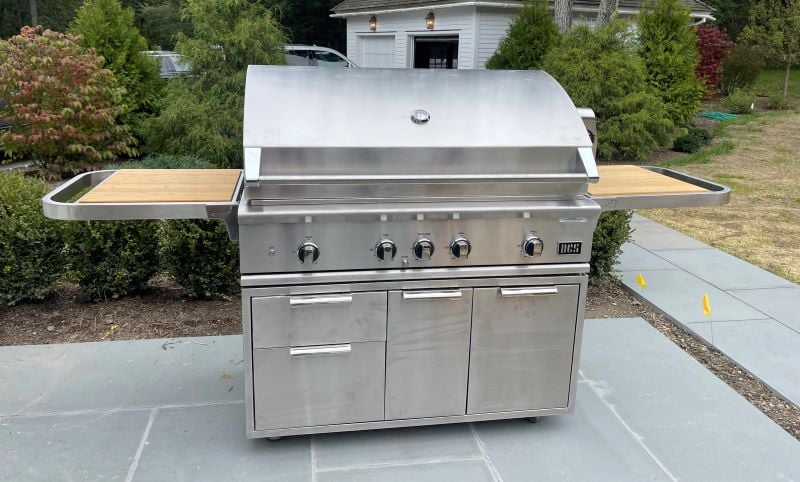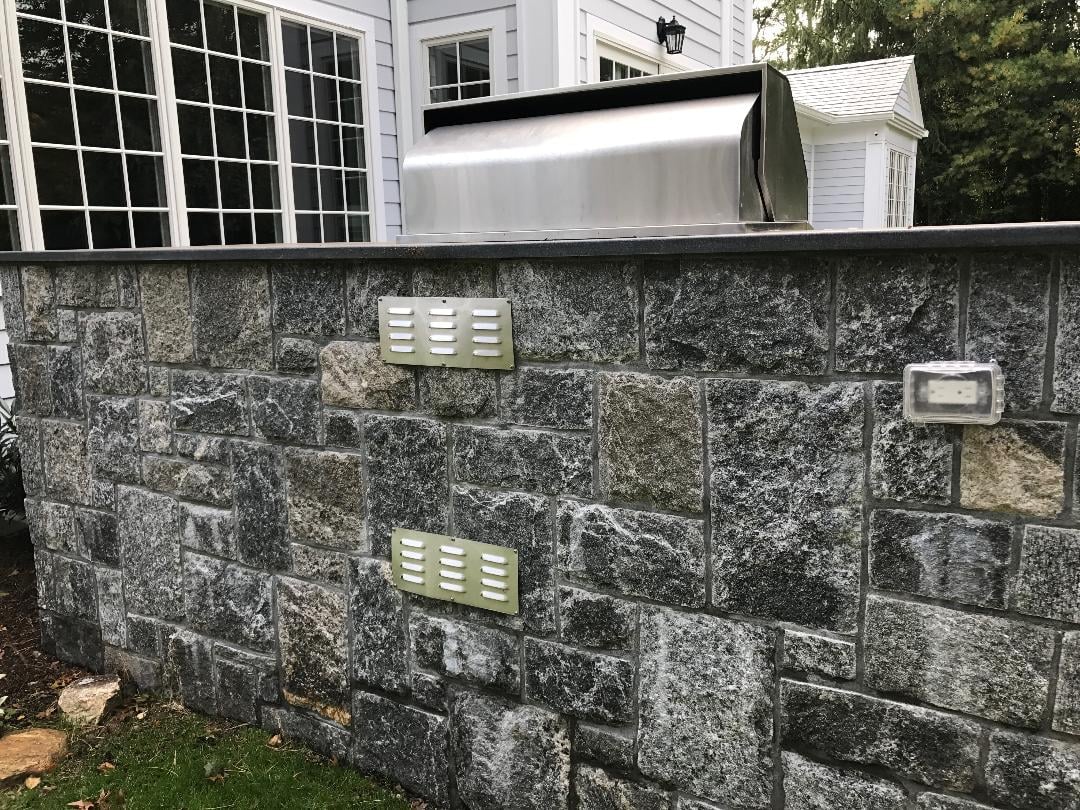Monogram Dual Fuel vs Gas Range
Monogram is one of the few relevant premium range manufacturers who produce a self cleaning gas range. That being the case, and with their gas and dual fuel products priced at the same level, many could not discern a difference between the two.
However there are differences, some subtle, others more glaring between the two products.
Difference # 1 - Price
Typically dual fuel products are priced significantly higher than all gas products, especially in the luxury space (see Wolf, Viking). However through the years Monogram's dual fuel and gas products were priced at the same level. Recently Monogram adjusted its pricing and now has the dual fuel priced at a premium over the all gas range.
- 36 Monogram Dual fuel range Six Burners - $7299
- 36 Monogram gas range Six Burners - $5899
or check out the 30" ranges
- 30 Monogram Duel fuel range - $5199
- 30 Monogram gas range - $4699
- 48" dual fuel range with griddle, six burners - $9999
- 48" gas range with griddle, six burners - $8899
Difference # 2 - Oven Capacity
The dual fuel oven capacity is slightly smaller, 5.3 cu ft on the 30" and 5.7 on the gas.
On the 36" range the dual fuel oven is 5.75 and the gas is 6.2
On the 48 its the same dimensions as the 36" oven. The small oven on the 48" is basically even (2.7 on gas vs 2.5 on dual fuel)
Difference # 3 - Convection Style
The dual fuel oven uses both true European convection (element near the fan in the back of the oven) and reverse air convection. The gas range only offers the latter.
European convection is regarded as a better cooking system. GE defines European convection as follows:
True European Convection Systems is:
A 6-pass broil element in the top of the oven and a 6 or 8-pass bake element in the bottom of the oven are used in conjunction with a third heating element. This third element is a 2500-watt, double-loop element located in the back wall of the oven, and it surrounds the convection fan. The convection fan reverse direction to allow air to better circulate around the food. Performance testing has shown that reversing the fan produces more evenly browned baked goods, which eliminates the need for turning food or rotating pans.
Difference # 4 - Oven Modes
The dual fuel range offers convection bake - broil - roast.
The gas oven offers bake and broil as well as convection bake and roast.
The Verdict
I'm advising my clients to stick with the Monogram gas product. I can't see spending nearly 18% more on a range that has a smaller oven and fewer cooking modes in the oven. I appreciate the advanced convection system with that being the glaring difference (remember, Monogram also offers self cleaning in the gas range) I just can't make an argument for dual fuel. I will reach out to someone at Monogram in the near future and if any compelling evidence is offered in defense of the dual fuel range, I will make sure to publish it asap.





